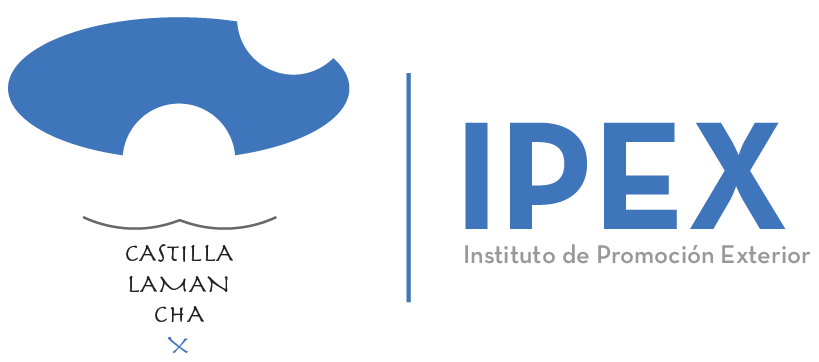This designation appeared in France in 1855 aiming at selecting the best wines for that year’s Universal Exposition

When discussing the term Vino de Pago, it is usually likened to the term Grand Cru Classé. And in spite of not being exact equivalents, the truth is both designations share similar characteristics.
The term Grand Cru refers to a concept evoking an estate or a plot where exceptional wines are produced thanks to an excellent terroir and the winegrower’s expertise. This concept is very similar to the one referred by the term Vino de Pago, which emphasises on the singularity of the vineyards and the quality of the production. In that respect, the association Grandes Pagos de España highlights that the key element to recognise a Vino de Pago as such is that they represent accurately “the terroir where they come from” and “their creators’ passion for a job well-done”.
The first Grand Crus Classés were designated in France in the 19th century. The need to establish a classification of the best Bordeaux wines arose due to the Paris Universal Exposition in 1855. The emperor Napoleon III himself requested a classification system of the best Bordeaux wines to be displayed to visitors from all over the world. The Wine Trade Association was in charge of ranking the wines according to the château’s reputation and the market price, which at the time was directly related to quality.
The result was the Bordeaux Wine Official Classification of 1855, a list of the best wines, the so called Grand Crus Classés. To be exact, the 1855 classification considered only the wineries in the regions of Médoc and Sauternes, and not all the Bordeaux wineries. For instance, the wineries Saint Emilion did not take part and they created their own classification later on. Given that there are several thousands of châteaux producing their own wines in Bordeaux, being included in this list meant reaching a high prestige and enjoying the admiration of many wine enthusiasts.
Within the list of Grand Cru Classé, the wines were further ranked and classified into five growths or categories: first, second, third, fourth and fifth. The best wines were ranked higher: first Cru. Only four wines (Château Latour, Château Lafite Rothschild, Château Margaux and Château Haut-Brion) received this distinction.
Introduce your email to receive our newsletter.



